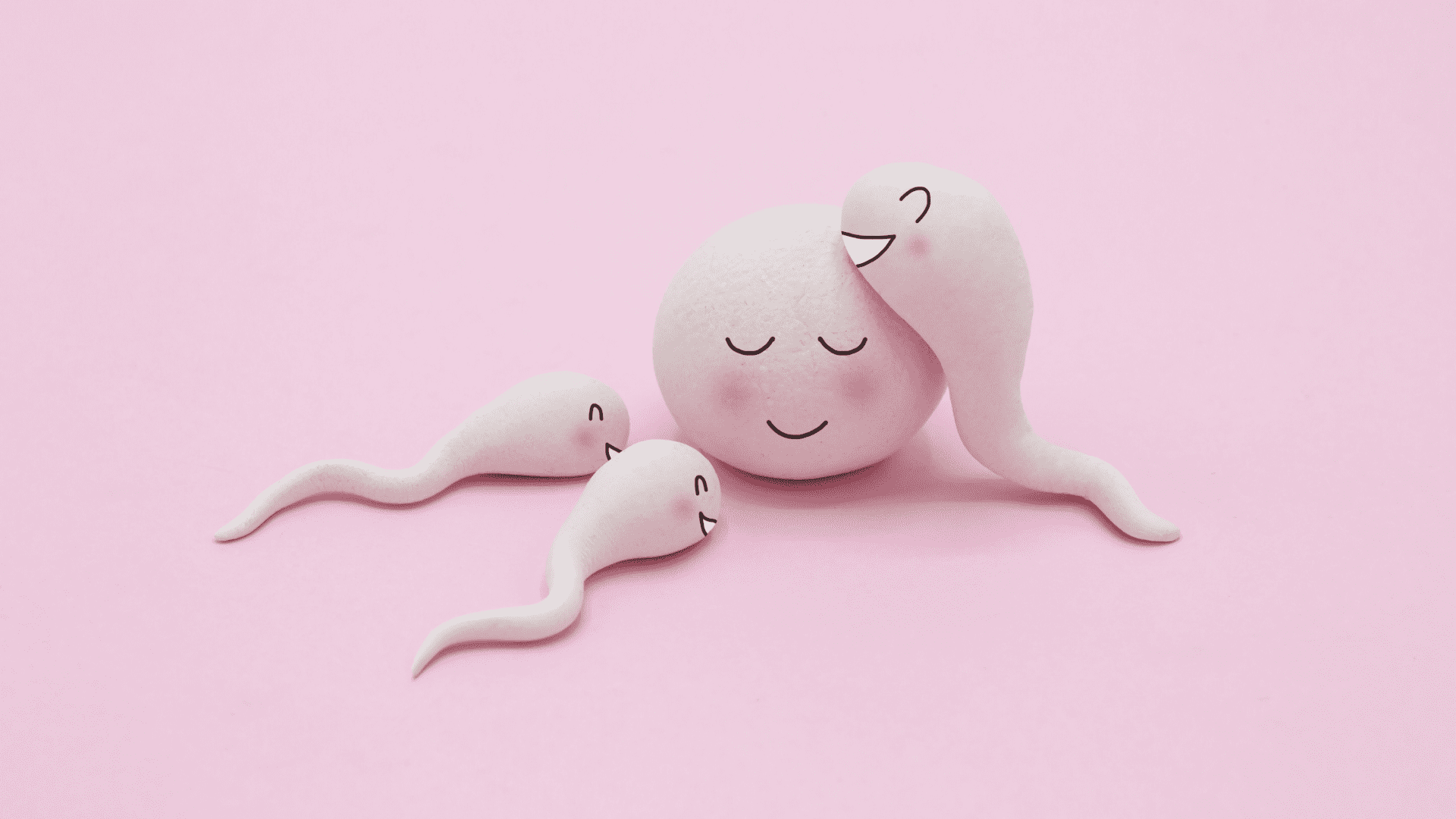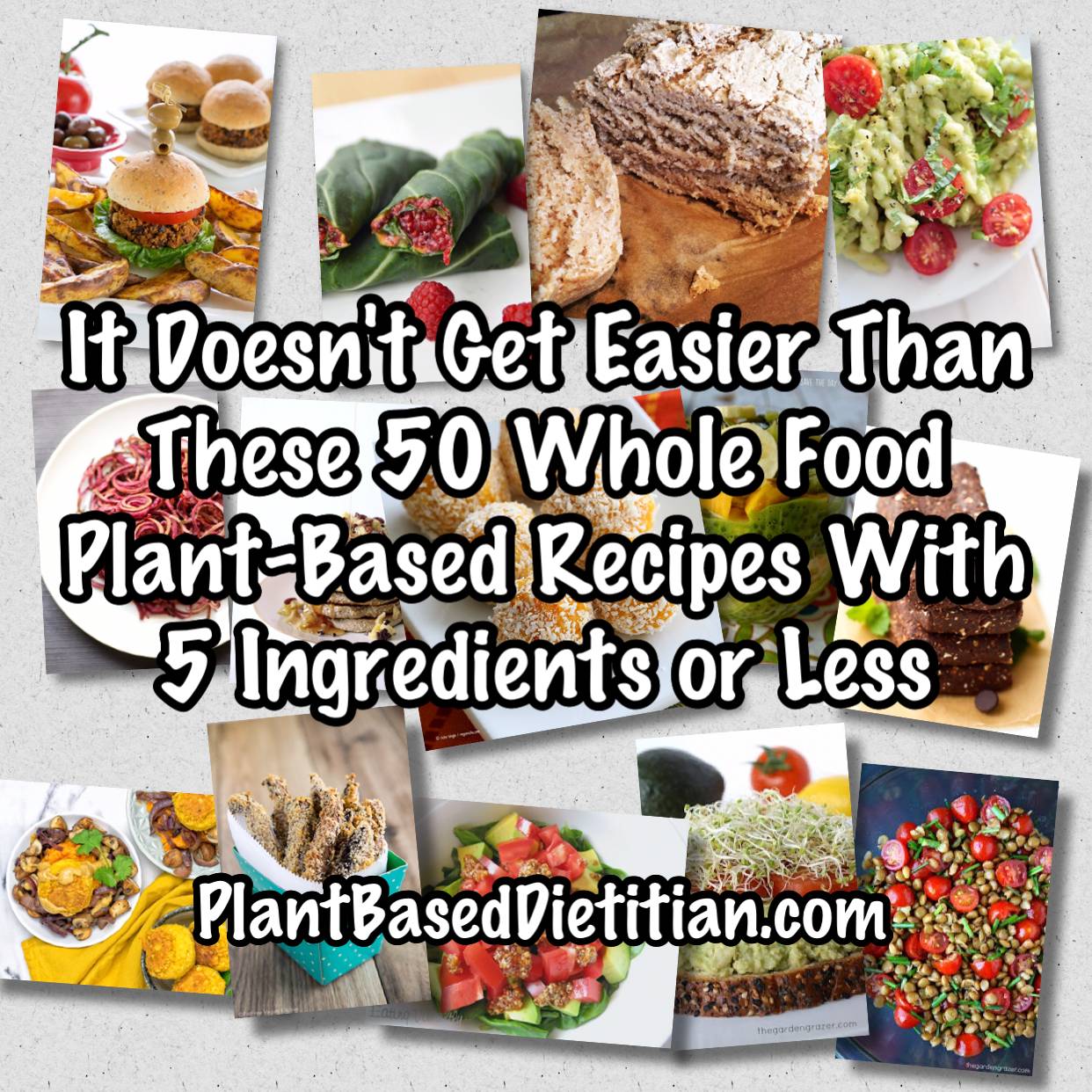
A healthy Indian diet can help you manage your diabetes. This type diet is rich in vegetables and protein and can help control blood sugar. You can maintain a healthy weight by eating a well-balanced diet. This will allow you to control blood sugar levels and blood lipids. This can reduce your chance of developing type 2, the most prevalent type of diabetes.
Healthy fats are found in Indian cuisine. Whether it's fish, poultry, or lean meat, you can use this fat to help your body stay healthy. The American Heart Association recommends that people with cardiovascular disease consume at least 1 gram of omega-3 fatty acids each day. These fats may lower triglyceride levels.
Foods that are rich in fiber are also good for diabetics. They are low in glycemic, which means they won't cause an increase in blood sugar. You should eat at least two cups of vegetables each day. It's important that you eat a wide variety of fruits. Antioxidants in fruits counteract glycation-related damage.

The American Heart Association recommends that patients with heart disease consume at most three 150g portions of oily fish per week. Trot, mackerel sardines and Atlantic salmon are examples of oily seafood. These fish are high in omega-3 fatty acid, which could lower your risk of developing cardiovascular disease.
Also, you should eat foods low in saturated fat. Saturated fats increase cholesterol, which can lead to diabetes. Meat that has been processed, like beef, should be avoided. You should also reduce the use of butter and other saturated fats. Vegetable oils can be used in place of butter.
Low-calorie foods are also important. In order to control blood sugar levels, you should consume smaller portions. Make sure to eat a variety vegetables, fruits, and whole grain. These are essential for a healthy and balanced diet.
It's also important to drink plenty of water. Water helps to detoxify the body and allows waste to be eliminated. You can start your day by drinking water with fenugreek. Fresh fruit smoothies are a good choice for breakfast. You should add fruits and leafy vegetables to your smoothie.

Indian food is rich in whole grains, protein, and healthy fats. These foods are good for diabetics as they help to heal diabetes. The glycemic index of these grains is low, so you won't suffer from a spike in your blood sugar levels. These grains are easy and available in many varieties.
Foods with low glycemic loads, like sweet potatoes, should be eaten. These grains are great for diabetics because they are anti-inflammatory. You should also try to eat a variety of fruits, including apples and berries. Aim to consume at least one cup of fresh green vegetables every day.
FAQ
What is the distinction between a calories and a kilogramcalorie?
Calories can be used to measure how much energy is in food. The unit of measurement is called a calorie. One calorie is equal to one degree Celsius in energy.
Kilocalories is another name for calories. Kilocalories measure in thousandths (or calorie) of a calorie. For example, 1000 calories equals one kilocalorie.
Do I have to count calories?
You may wonder, "What diet is best for you?" or "is counting calories necessary?" The answer to this question depends on many factors, including your current health, your personal goals and preferences, as well as your overall lifestyle.
The Best Diet for me - Which One Is Right for You?
The best diet is dependent on my current health status, personal goals, preferences, and overall lifestyle. There are many different diets, some good, some not. Some diets work for some people, while others are not. What should I do then? What can I do to make the right decision?
These are the questions this article will answer. The article starts by introducing the many types of diets currently available. The pros and cons of each diet are then discussed. Then, we will discuss which diet is the best.
Let's look at some of the main types of diets to get started.
Diet Types
There are three types of diets available: ketogenic, high-protein, and low-fat. Let's talk about them briefly.
Low Fat Diets
A low-fat diet restricts fat intake. This is achieved through a reduction in saturated fats (butter or cream cheese), etc. They should be replaced by unsaturated oil (olive oils, avocados, etc.). If you want to lose weight fast and easily, then a low-fat diet is often recommended. However, constipation, stomach pain, and heartburn can all be caused by this type of diet. A person may also experience vitamin deficiencies if they don't get enough vitamins.
High Protein Diets
High protein diets discourage carbohydrates and encourage the use of proteins. These diets typically have more protein than other diets. These diets are designed to build muscle mass and help you burn more calories. The downside is that they may not provide adequate nutrition for someone who needs to eat regularly. Also, they tend to be very restrictive, so they aren't suitable for everyone.
Ketogenic Diets
The keto diet is also known as the keto diet. They are high in fat, moderately high in protein, and low in carbohydrates. They are commonly used by athletes and bodybuilders as they allow them to train harder, longer and without feeling fatigued. But, they require strict adherence to avoid negative side effects like nausea, headaches, and fatigue.
What is the problem with BMI?
BMI stands for Body Mass Index, which is a measurement of body fat based on height and weight. This formula calculates BMI.
Weight in kilograms divided by height in meters squared.
The result can be expressed as a number, ranging from 0 through 25. Scores between 0 and 25 indicate obesity. Scores higher than 18.5 are considered overweight. Scores higher than 23 are considered obese.
A person with a body mass index of 22 and a weight of 100 kg and a height 1.75m will have a BMI.
Statistics
- WHO recommends consuming less than 5% of total energy intake for additional health benefits. (who.int)
- WHO recommends reducing saturated fats to less than 10% of total energy intake; reducing trans-fats to less than 1% of total energy intake; and replacing both saturated fats and trans-fats to unsaturated fats. (who.int)
- In both adults and children, the intake of free sugars should be reduced to less than 10% of total energy intake. (who.int)
- Extra virgin olive oil may benefit heart health, as people who consume it have a lower risk for dying from heart attacks and strokes according to some evidence (57Trusted Source (healthline.com)
External Links
How To
27 steps to live a healthy life even if your family eats only junk food
The most common way to eat healthy is to cook at home. However, this is often difficult because people do not know how to prepare healthy meals. This article will show you how to make healthier eating choices at restaurants.
-
Find restaurants that offer healthy options.
-
Order salads, vegetables and meat before placing your order.
-
Ask for sauces with no added sugar.
-
Avoid fried food.
-
Grilled meats are better than fried.
-
Order dessert only if you absolutely need it.
-
You should always have something else after dinner.
-
Always eat slowly and chew your food thoroughly.
-
Take plenty of water with your meals.
-
Breakfast and lunch should not be skipped.
-
Have fruit and veggies with every meal.
-
Consume milk and not soda.
-
Sugary drinks should be avoided.
-
Limit salt intake in your diet.
-
Try to limit your frequent visits to fast-food restaurants.
-
Ask someone to come along if you are unable to resist temptation.
-
Your children shouldn't watch too much television.
-
Turn off the television during meals.
-
Do not drink energy drinks.
-
Take frequent breaks from your job.
-
Exercise early in the morning.
-
Exercise everyday.
-
Start small, then build up slowly.
-
Set realistic goals.
-
Be patient.
-
Even if you don’t feel like it, find the time to exercise.
-
Use positive thinking.